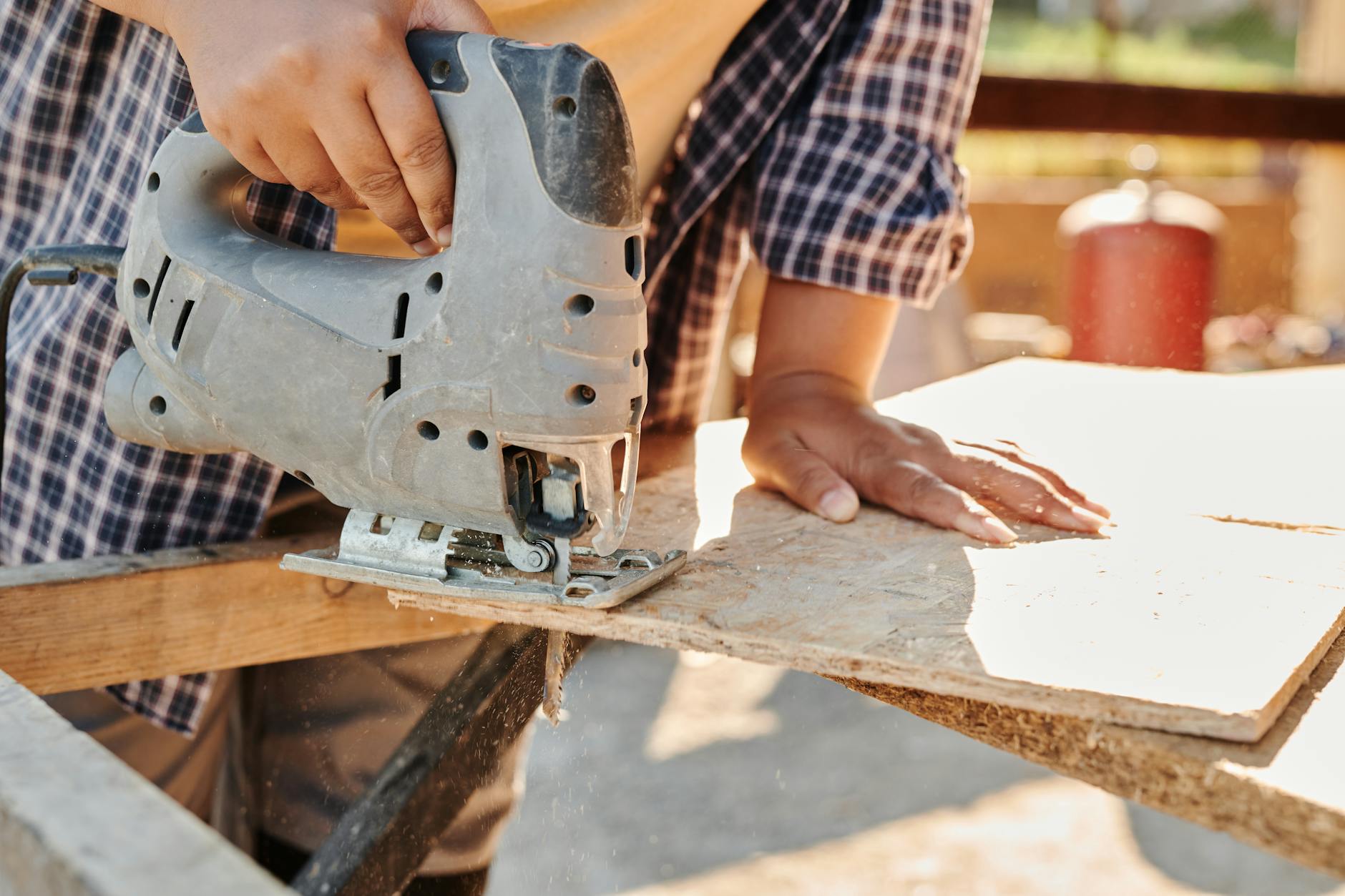Sheathing is an essential component in construction, providing structural support and protection against various elements. Understanding the different types of sheathing materials available is crucial for builders and homeowners alike. From plywood to foam board, each type offers unique advantages and applications. Let’s delve into the various types of sheathing materials and their characteristics.
1. Introduction to Sheathing
Sheathing refers to the layer of material applied to the exterior of a building’s frame to provide structural support and weather resistance. It acts as a barrier, helping to protect the structure from moisture, wind, and other external elements.

2. Importance of Sheathing in Construction
Sheathing plays a vital role in the construction process by providing stability and strength to the building structure. It helps distribute the load evenly across the frame and provides a base for exterior finishes such as siding or stucco.
3. Plywood Sheathing
Definition and Composition
Plywood sheathing is made from thin layers of wood veneer that are glued together to form a strong and durable panel. It is available in various thicknesses and grades, allowing for flexibility in construction projects.
Advantages and Disadvantages
Advantages:
- High strength and durability
- Resistant to moisture and warping
- Easy to work with and install
Disadvantages:
- Higher cost compared to other sheathing materials
- Susceptible to delamination if exposed to prolonged moisture
Common Applications
Plywood sheathing is commonly used in residential and commercial construction for wall and roof sheathing, as well as subflooring.
4. Oriented Strand Board (OSB)
Characteristics and Composition
Oriented Strand Board (OSB) is made from compressed layers of wood strands bonded together with adhesive. It is known for its strength and dimensional stability.

Pros and Cons
Pros:
- Lower cost compared to plywood
- Uniformity in strength and thickness
- Resistant to moisture and insects
Cons:
- Susceptible to swelling and delamination if exposed to moisture
- Limited aesthetic appeal compared to plywood
Typical Uses
OSB is commonly used for wall and roof sheathing in residential and commercial construction projects.
5. Fiberboard Sheathing
Overview and Composition
Fiberboard sheathing is composed of wood fibers bonded together with adhesive to form a dense panel. It is available in various densities and thicknesses.
Benefits and Drawbacks
Benefits:
- Excellent insulating properties
- Resistant to moisture and pests
- Environmentally friendly
Drawbacks:
- Less structural strength compared to plywood or OSB
- Prone to swelling and deterioration if exposed to moisture
Applications in Construction
Fiberboard sheathing is often used as an insulating sheathing material in wall assemblies, providing both structural support and thermal insulation.
6. Foam Board Sheathing
Explanation and Components
Foam board sheathing is made from rigid foam insulation materials such as polystyrene, polyisocyanurate, or polyurethane. It offers excellent thermal insulation properties.
Advantages and Limitations
Advantages:
- High R-value for superior insulation
- Lightweight and easy to handle
- Resistant to moisture and pests
Limitations:
- Lower structural strength compared to plywood or OSB
- Vulnerable to damage from UV exposure
Common Applications
Foam board sheathing is commonly used in residential and commercial construction for exterior insulation and as a substrate for siding or stucco.
7. Gypsum Sheathing
Description and Composition
Gypsum sheathing is made from gypsum plaster reinforced with fiberglass or cellulose fibers. It provides fire resistance and sound insulation properties.
Pros and Cons
Pros:
- Excellent fire resistance
- Sound dampening properties
- Resistant to mold and mildew
Cons:
- Susceptible to moisture damage if not properly protected
- Limited structural strength
Typical Applications
Gypsum sheathing is often used in areas requiring fire-rated construction, such as exterior walls and shaft enclosures.
Conclusion
In conclusion, the choice of sheathing material plays a significant role in the overall performance and durability of a building structure. Each type of sheathing material offers distinct advantages and limitations, depending on the specific requirements of the project. Builders and homeowners should carefully consider factors such as cost, durability, and performance when selecting the appropriate sheathing material for their construction needs.
Unique FAQs
- Is plywood sheathing better than OSB for exterior walls?
- Both plywood and OSB have their advantages and limitations. Plywood is known for its superior strength and durability, while OSB offers cost savings. The choice depends on factors such as budget and performance requirements.
- Can foam board sheathing be used in cold climates?
- Yes, foam board sheathing is often used in cold climates for its excellent thermal insulation properties. However, proper installation and moisture management are essential to prevent issues such as condensation and moisture buildup.
- Is fiberboard sheathing environmentally friendly?
- Fiberboard sheathing is considered environmentally friendly as it is typically made from recycled wood fibers and does not contain harmful chemicals. Additionally, its insulating properties can contribute to energy efficiency in buildings.
- What is the lifespan of gypsum sheathing?
- The lifespan of gypsum sheathing depends on factors such as exposure to moisture and mechanical damage. With proper installation and maintenance, gypsum sheathing can last for many years, providing fire resistance and structural support.
- Can I use multiple types of sheathing in the same construction project?
- Yes, it is possible to use multiple types of sheathing in a construction project, depending on the specific requirements of different areas such as walls, roofs, and floors. However, compatibility and proper installation methods should be considered to ensure optimal performance and durability.

